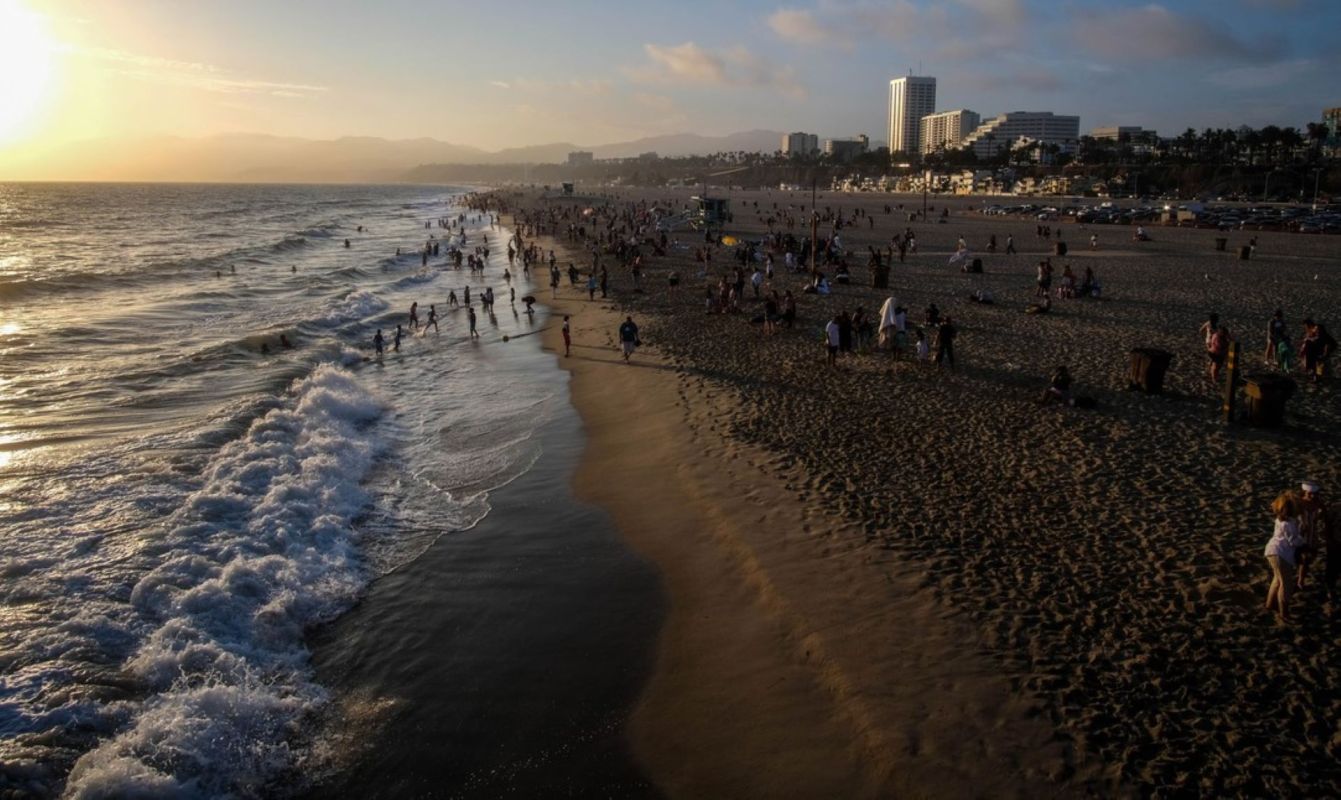Some unlucky beachgoers in California are seeing sea life as never before, dead and washed up on shore, as reported by The Guardian.
What is happening?
Since early June, algae called pseudo-nitzschia has been killing sea lions, seals, and dolphins, which have washed ashore along the southern California coast. While often non-toxic, under certain conditions, the algae can produce domoic acid (DA), an amino acid that impacts the nervous systems of animals who consume it.
According to The Guardian, harmful algae blooms like this have sickened sea animals before, but this one is severe and appears to be coming from farther offshore than usual.
Sam Dover, a co-founder of Channel Islands Marine & Wildlife Institute (CIMWI) and its director of veterinary medicine, told the outlet, "The current crisis is just unprecedented."
Ruth Dover, also a co-founder of CIMWI, added, "The flood gates opened and it just gets worse every day. We're getting 30 to 60 reports an hour and more than 300 reports a day."
And it's likely only the beginning.
Sea lions are a sentinel species, and Dan Costa, director of the Institute of Marine Science and distinguished professor at UC Santa Cruz, told The Guardian, "They show us that what we're starting to see are environmental perturbations, more frequently and at much higher magnitudes."
Why is this coastal catastrophe concerning?
Earth's overheating is likely a cause for the increase in toxic blooms like this, meaning these deadly occurrences could become more regular as our planet continues to heat up.
When our oceans are thrown off balance, this toxic algae seemingly thrives. Rising temperatures and acidity in the ocean are key factors in this imbalance. Human wastewater and agricultural runoff can lead to changes in the ocean, and human activities also lead to the overheating of our planet.
As CNN explained, the neurotoxin (DA) enters the food chain when plankton eat the algae, and it becomes more concentrated as it moves up the chain. As more toxic algae blooms, more animals will be affected, and it could even get into our food, causing severe illness and death.
What can be done to save the sea animals?
Scientists are working on models to help forecast when DA outbreaks may happen, and California communities are investing in infrastructure to reduce the amount of wastewater and runoff that end up in our oceans.
Individuals can also take action to stop the pollution of our oceans and overheating of our planet. We can avoid single-use plastics, swap out fertilized grass lawns that cause toxic runoff and replace these with native gardens, integrate clean energy at home, and limit our burning of methane gas.
Join our free newsletter for cool news and cool tips that make it easy to help yourself while helping the planet.









